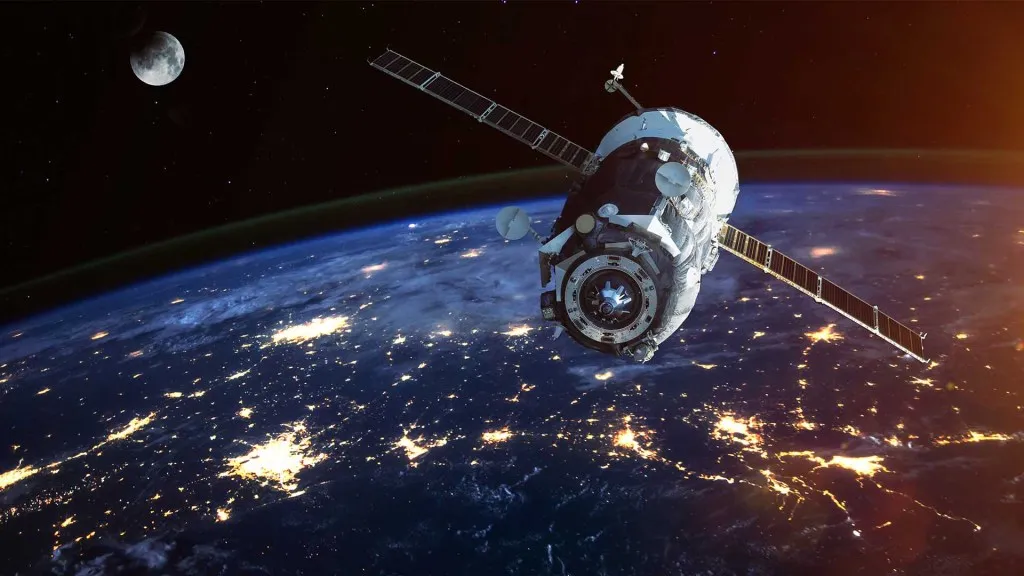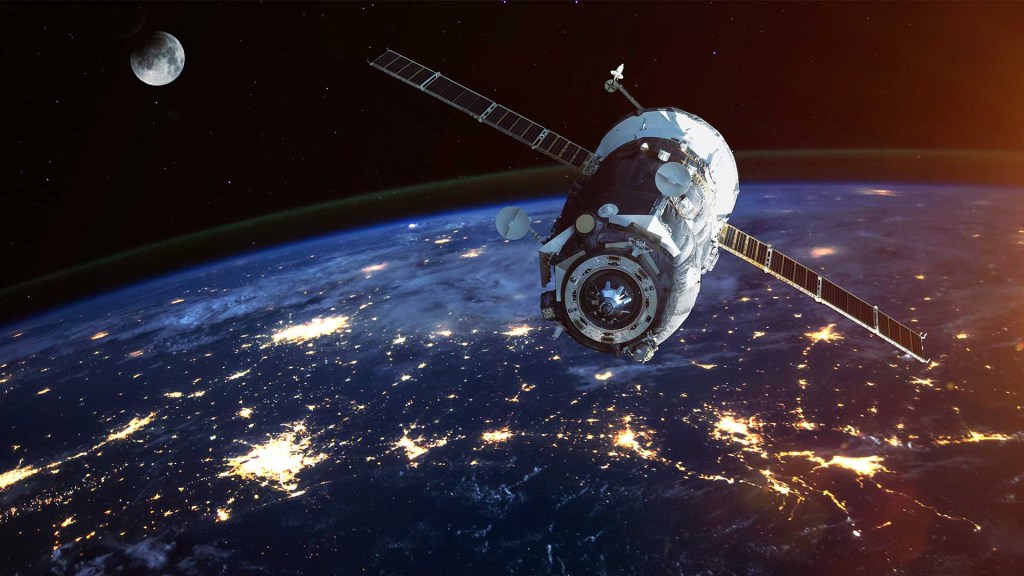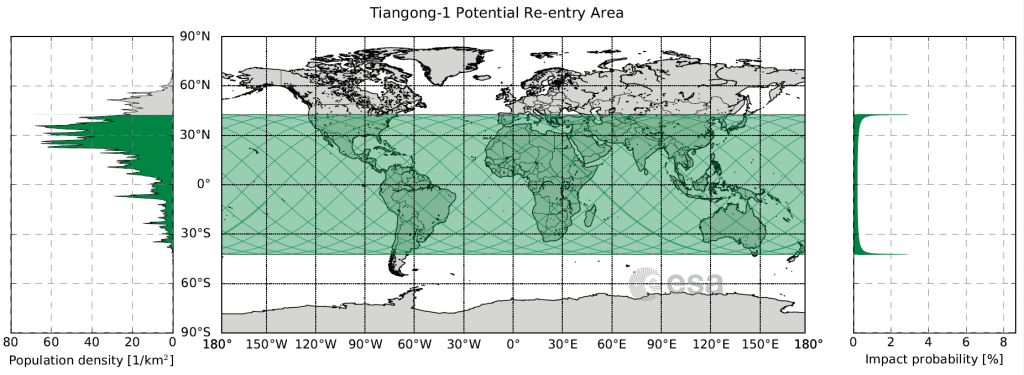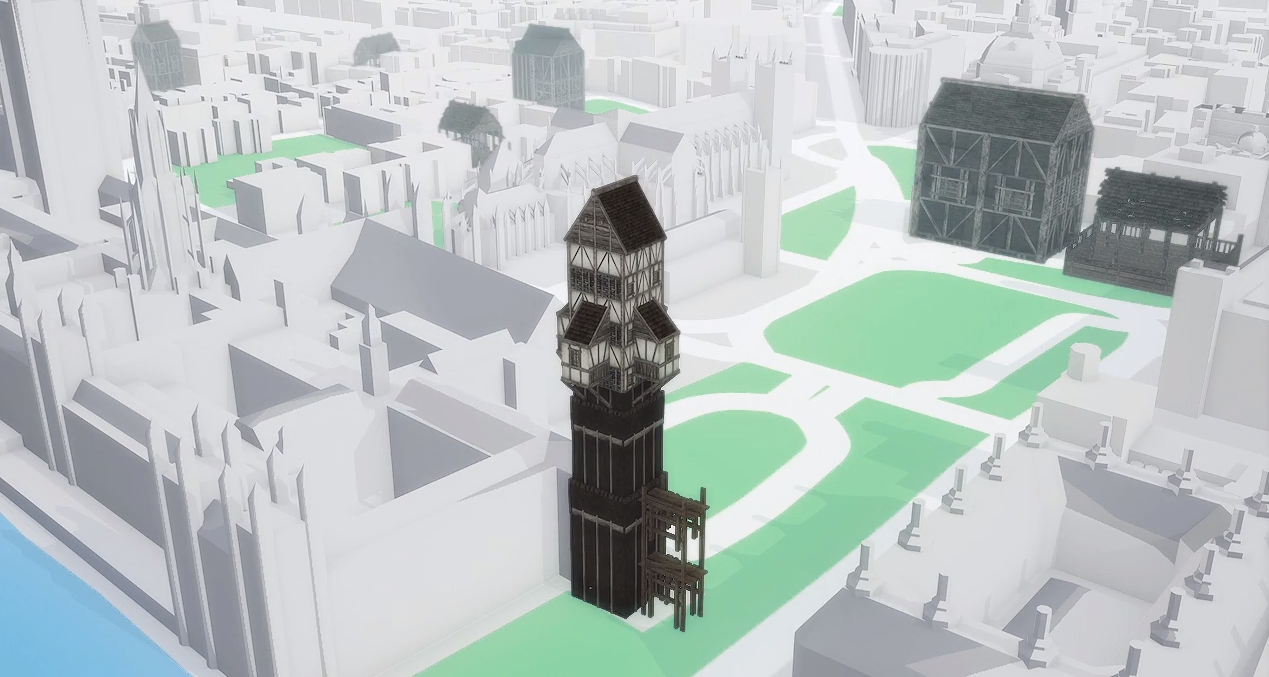
A Chinese space station is falling back to Earth and we don’t know where it will land

A space station manufactured by China is spiraling uncontrollably toward the Earth at this very moment.
It may sound like the plot of a sci-fi movie, but it’s not. No intergalactic heroes armed with anti-asteroid arsenal are going to hop onto their spaceship and blast this 34-foot chunk of metal out of Earth’s way. China’s first space station and experimental space laboratory, Tiangong-1, is going to come crashing to Earth by the end of this month, and we don’t even know where it might land!
This is because the spacecraft is officially out of control. Ground controllers cannot command its engines to fire or prompt it to slow down as it falls toward the Earth’s surface – as was the original ‘reentry’ plan. Originally, the Chinese planned to ignite Tiangong-1’s engines at a specific moment, one which would cause the spacecraft to burn up over an unpopulated area of the South Pacific ocean. But with the space station ceasing to function in March 2016, that plan has been put to rest.
So, what’s the new plan? Nothing! There is no Plan B. Majorly because we will find out only 7 hours in advance where the break-up location of the spacecraft is going to be – and that prediction will also have an error rate of thousands of kilometers!
According to ESA, for an uncontrolled reentry, an impact location prediction is beyond the current technical capabilities of humans. Blame it on the complexities of modeling the atmosphere, the dynamics of the reentering object, or the limitations in observing the spacecraft… our science is simply not advanced enough to figure this stuff out.
The latest forecast by ESA says that reentry could take place as early as March 30 anywhere between 43ºN and 43ºS – which includes Spain, France, Portugal, Greece, as well as many other regions and continents you can see on the map below:

But before you start conjuring visions of death caused by space debris falling on your head, let us tell you it’s not as scary as it sounds. Statistics say you’re 10 million times more likely to be hit by lightning than being hit by a fragment from Tiangong-1’s mortal remains. Now, whether you’re a fan of statistics or not, you can follow this page by ESA for further updates.







